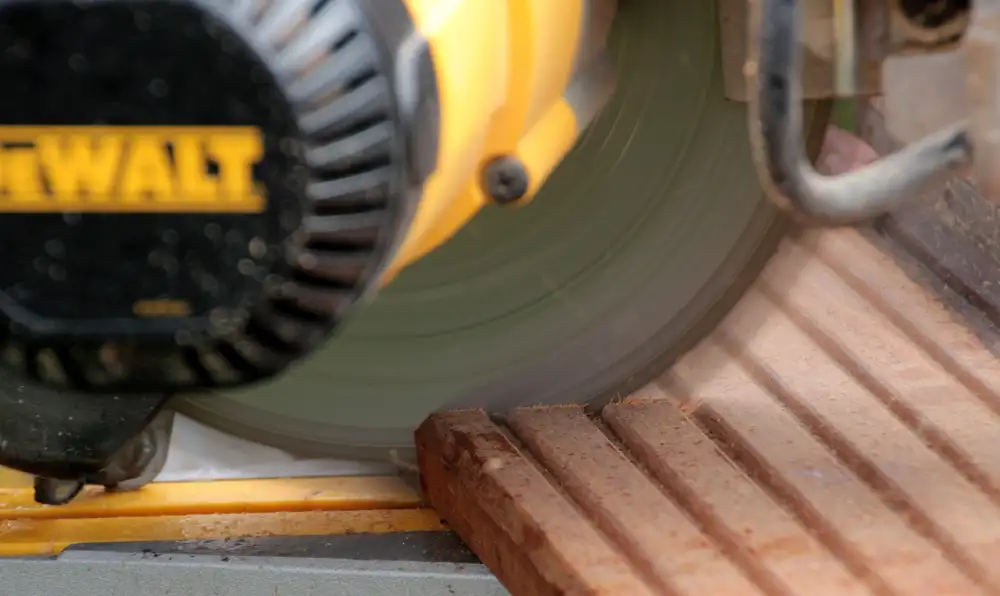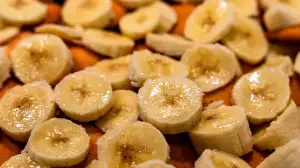Unlock the Secrets of Shortening: Elevate Your Culinary Creations with this Essential Fat

- Understanding the composition of shortening: A closer look at its ingredients
- The role of shortening in baking: Enhancing texture and flavor
- Benefits of using shortening in cooking: Achieving flakiness and tenderness
- Tips for substituting shortening in recipes: Exploring alternatives
- Storage and shelf life of shortening: Ensuring freshness and quality
- Popular recipes featuring shortening: Unleashing the culinary magic
Shortening is a versatile fat that plays a crucial role in both cooking and baking. It is a solid fat that remains stable at room temperature, making it ideal for various culinary applications. Whether you're whipping up flaky pastries or creating tender cakes, shortening can elevate your culinary creations to new heights. In this article, we will delve into the secrets of shortening and explore how it can transform your dishes into unforgettable delights.
Understanding the composition of shortening: A closer look at its ingredients
Shortening is a versatile fat used in cooking and baking that plays a crucial role in creating delicious culinary creations. To truly appreciate its magic, it's important to understand the composition of this essential ingredient.
At its core, shortening is made up of hydrogenated vegetable oil, which gives it a solid consistency at room temperature. This process of hydrogenation transforms liquid oils into a semi-solid form, making it ideal for various culinary applications.
Additionally, shortening may contain emulsifiers such as mono- and diglycerides, which help stabilize the fat and improve its texture. These emulsifiers ensure that the shortening blends smoothly with other ingredients, resulting in a uniform mixture.
Furthermore, some brands of shortening may include additives like antioxidants to extend its shelf life and prevent rancidity. These additives help maintain the freshness and quality of the product over time.
By understanding the composition of shortening, you can better appreciate its unique properties and how it contributes to your culinary creations. Whether you're baking flaky pastries or frying crispy delights, shortening is an essential ingredient that elevates your dishes to new heights.
The role of shortening in baking: Enhancing texture and flavor
Shortening plays a crucial role in baking, as it has the ability to enhance both texture and flavor in various baked goods. When shortening is incorporated into dough or batter, it coats the flour particles, preventing them from absorbing too much water. This results in a tender and moist texture, creating a delicate crumb that melts in your mouth.
Additionally, shortening helps to create flakiness in pastries such as pie crusts and biscuits. Its high melting point allows for steam to be released during baking, which creates pockets of air and gives rise to a light and airy texture. The result is a perfectly flaky pastry that is crisp on the outside and tender on the inside.
In terms of flavor, shortening has a neutral taste that allows other ingredients to shine. It doesn't overpower the flavors of your baked goods but rather acts as a canvas for the other ingredients to showcase their individual tastes. Whether you're making cookies, cakes, or breads, incorporating shortening into your recipes can elevate the overall flavor profile and create a more enjoyable eating experience.
Overall, shortening is an essential ingredient in baking that contributes to the texture and flavor of your creations. Its unique properties make it an invaluable tool for achieving bakery-quality results at home. So next time you embark on a baking adventure, don't forget to unlock the secrets of shortening and witness the magic it brings to your culinary masterpieces.
Benefits of using shortening in cooking: Achieving flakiness and tenderness
Shortening is not only a key ingredient in baking but also plays a crucial role in cooking. Its unique composition allows it to create flakiness and tenderness in various dishes. When used in pie crusts or biscuits, shortening helps create layers of flaky goodness. It prevents the formation of gluten, resulting in a tender and delicate texture. In frying, shortening provides a crisp exterior while keeping the interior moist and juicy. Its high smoke point ensures that foods are cooked evenly without burning. Incorporating shortening into your cooking will elevate your dishes to new heights of deliciousness.
Tips for substituting shortening in recipes: Exploring alternatives
When it comes to substituting shortening in recipes, there are a few alternatives you can explore. One option is using butter, which adds richness and flavor to your dishes. However, keep in mind that butter has a lower melting point than shortening, so it may affect the texture of your baked goods.
Another alternative is using coconut oil, which works well in both cooking and baking. It adds a subtle tropical flavor and can be a healthier option. However, be aware that coconut oil has a distinct taste that may not work in all recipes.
If you're looking for a vegan option, consider using vegetable oil or margarine as substitutes for shortening. Vegetable oil can be used in equal amounts, while margarine should be measured slightly less due to its higher water content.
Lastly, if you prefer a more natural substitute, you can try using applesauce or mashed bananas in baking recipes. These ingredients add moisture and help bind the ingredients together. However, keep in mind that they may alter the flavor profile of your dish.
Remember to experiment with different substitutes based on the recipe requirements and your personal preferences. Each alternative will bring its own unique characteristics to your culinary creations.
Storage and shelf life of shortening: Ensuring freshness and quality
To ensure the freshness and quality of your shortening, it is important to store it properly. Shortening should be kept in a cool, dry place away from direct sunlight and heat sources. It is best to store it in an airtight container or its original packaging.
When stored correctly, shortening can have a shelf life of up to one year. However, it is always recommended to check the expiration date on the packaging before use. Over time, shortening may develop off-flavors or become rancid, so it's crucial to discard any expired or spoiled product.
If you notice any changes in color, texture, or smell, it is best to err on the side of caution and replace your shortening. Using rancid or expired shortening can negatively impact the taste and quality of your culinary creations.
By following these storage guidelines and being mindful of expiration dates, you can ensure that your shortening remains fresh and ready to elevate your culinary adventures.
Popular recipes featuring shortening: Unleashing the culinary magic
Shortening is a versatile ingredient that can be used in a variety of delicious recipes. From flaky pie crusts to tender biscuits, shortening adds a touch of culinary magic to your creations.
One popular recipe that showcases the wonders of shortening is classic buttermilk biscuits. The addition of shortening helps create a light and fluffy texture, making each bite melt in your mouth. Serve these biscuits warm with butter and jam for a delightful breakfast or brunch treat.
Another beloved recipe that benefits from the use of shortening is homemade chocolate chip cookies. Shortening not only adds tenderness to the cookies but also helps them retain their shape during baking. The result? Perfectly chewy cookies with just the right amount of crispness around the edges.
Shortening can also be used to make delectable flaky pie crusts. Whether you're making a traditional apple pie or a savory quiche, using shortening in your crust ensures it turns out golden brown and perfectly tender. The secret lies in the way shortening coats the flour particles, creating layers that puff up when baked.
Incorporating shortening into your recipes opens up a world of culinary possibilities. From cakes and pastries to fried chicken and doughnuts, this essential fat elevates flavors and textures like no other ingredient can.
So go ahead, unleash your creativity in the kitchen and embrace the wonders of shortening. Your taste buds will thank you as you indulge in the culinary magic it brings to your favorite dishes.
In conclusion, shortening is a versatile and essential fat that can elevate your culinary creations to new heights. Its unique composition and properties make it an ideal ingredient for both cooking and baking. Whether you want to achieve flakiness in pie crusts or tenderness in cookies, shortening can help you achieve the desired results. By understanding its role and benefits, you can unlock the secrets of shortening and take your dishes to the next level. So don't be afraid to embrace the wonders of shortening in your culinary adventures and let it work its magic in your kitchen!
Published: 02. 12. 2023
Category: Food



